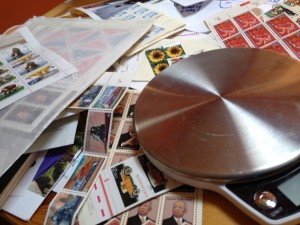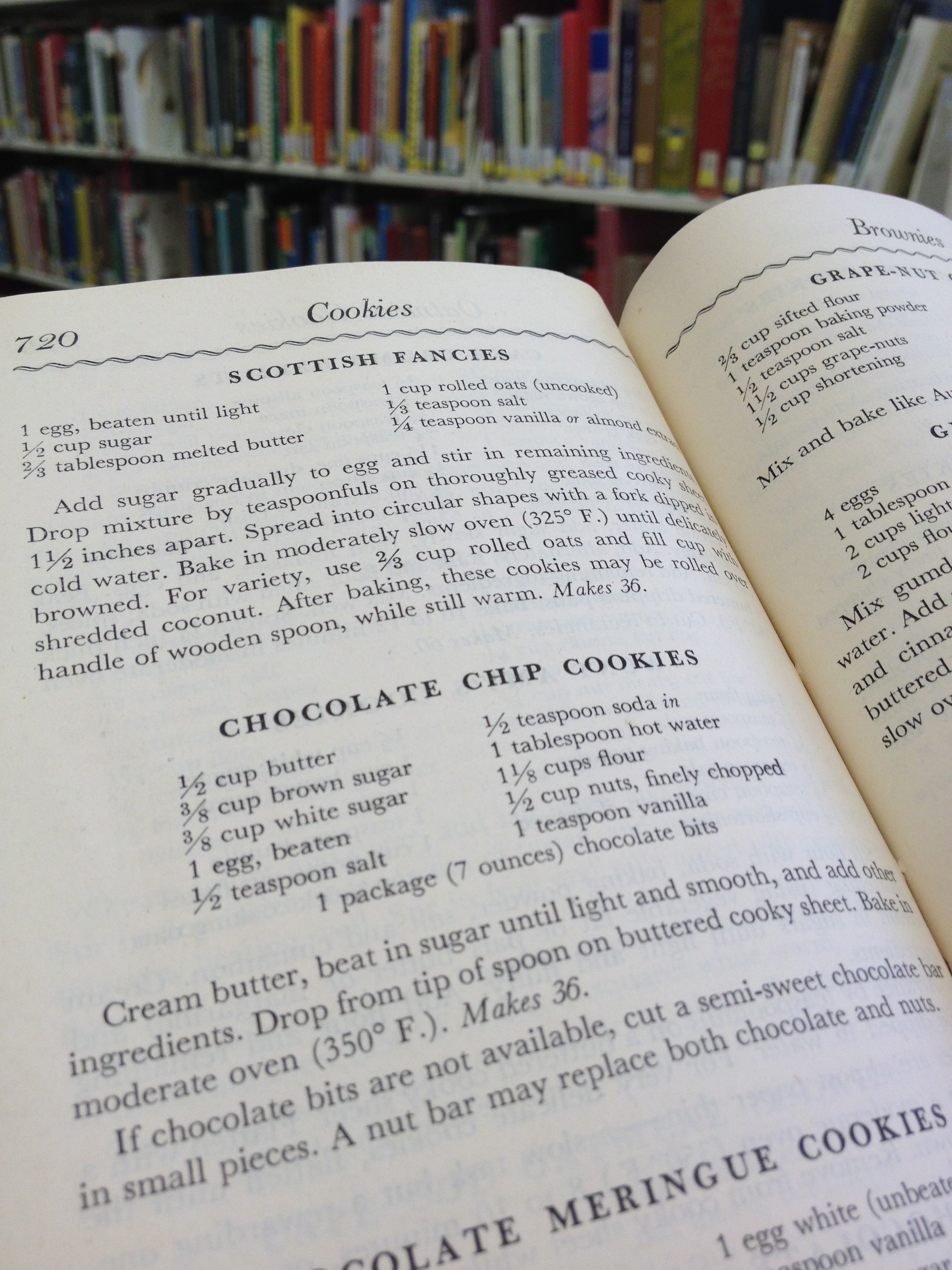I’ve always prided myself on my crack basic math skills. You’ll never see me whipping out the calculator to figure out how to tip. Or to see how much I’m saving at my favorite discount clothing store.
When it came time to add postage to all the packages I’m shipping out to Kickstarter contributors, out came a huge pile of stamps my mom had bought years ago when the post office was pushing “collections.”
Yes, having the post office meter the packages would have been MUCH more efficient. But there’s no way I’d use all of this postage in “real life.” So I set out to make consuming the stamps a fun project — which would have been even more fun for kids to tackle.
So here I present an epic math problem and call upon elementary schoolers to school me!
ASSIGNMENT: What stamp combinations minimize the number of stamps on a package? How many combinations can you make?
Postage required: $2.32
Note to Kickstarters: The packages cost so much even though they were lightweight, as adding a bulky item re-classifies a package as a “parcel” instead of a “letter.” That can really take a bite out of your Kickstarter total!
Available stamp amounts (often called denominations): .44, .39, .37, .32, 22, 20, 2, 1
(Here’s a Google Spreadsheet you can copy to calculate all your different combinations! Different combinations are important in case I run out of some stamp denominations.)
Assumptions:
- You have an unlimited number of the above denominations.
- You want to avoid giving the USPS extra money. Try to hit those exact amounts.
Please post your answers in the comments or on Facebook or Twitter!







